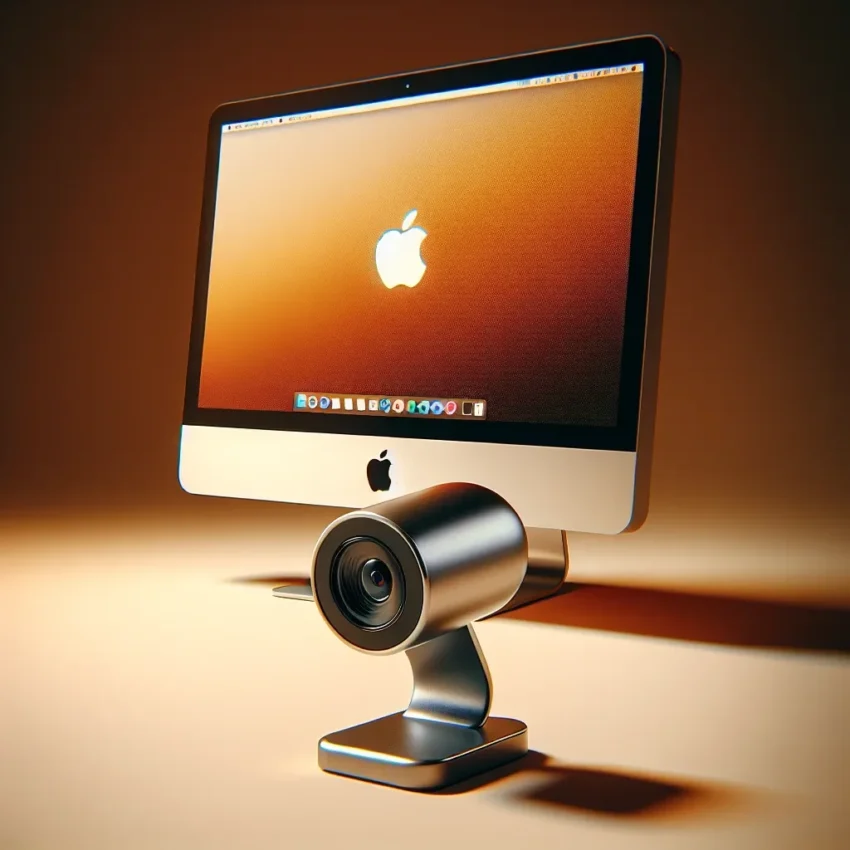Introduction
With the growing need for quality video communication, especially in the era of remote work and virtual meetings, many Mac users are exploring options for upgrading their webcam capabilities. One common question is: Can a Plug and Play USB webcam be used with a Mac? This article explores the answer in detail, covering compatibility, installation, usage, and benefits.
Understanding Plug and Play USB Webcams
Plug and Play USB webcams are external cameras that connect to your computer via a USB port and typically require no additional software installation. These devices are designed for quick and easy setup, making them a popular choice for users seeking minimal configuration.
Key Features of Plug and Play USB Webcams
| Feature | Description |
|---|---|
| Compatibility | Often compatible with a wide range of operating systems, including macOS. |
| Resolution | Available in various resolutions, from standard definition to 4K UHD. |
| Microphone | Many models include built-in microphones for audio capture. |
| Adjustment Options | Features such as autofocus, light correction, and tilt/pan. |
Compatibility with Mac
The good news for Mac users is that most Plug and Play USB webcams are naturally compatible with macOS. This compatibility stems from the universal USB interface and support for generic drivers provided by macOS, allowing the webcam to function seamlessly without the need for additional software.
Steps to Check Compatibility
- Check macOS Version: Ensure your Mac is running a relatively recent version of macOS.
- Review Manufacturer Specifications: Look for compatibility information on the webcam’s packaging or the manufacturer’s website.
- Plug and Test: Connect the webcam to a USB port and see if it’s recognized.
Installation and Setup
Installing a Plug and Play USB webcam on a Mac is straightforward. Here are the general steps you can follow:
Step-by-Step Installation Guide
- Unbox and Inspect: Unbox your webcam and ensure all components are present.
- Connect Webcam: Plug the webcam into an available USB port on your Mac.
- Set Position: Position the webcam on top of your monitor or desk, adjusting the angle as needed.
- Open Application: Launch any application that uses a camera (e.g., FaceTime, Zoom, or Photobooth) to test if the webcam is recognized.
- Adjust Settings: Within the application, you may be able to adjust settings like resolution and audio input to optimize performance.
Using the Webcam with macOS Applications
Once your Plug and Play USB webcam is installed, it can be used with various macOS applications that require camera input. Here are some common applications:
- Video Conferencing: Zoom, Microsoft Teams, Skype, and Google Meet.
- Streaming and Recording: OBS Studio, QuickTime Player, and Ecamm Live.
- Photography and Video: Photobooth and iMovie.
Additional Tips for Optimal Performance
- Lighting: Ensure you have adequate lighting to improve video quality. Consider using a ring light if necessary.
- Background: Use a clean, professional background to avoid distractions.
- Audio Quality: If the built-in microphone isn’t sufficient, consider using a dedicated external microphone.
- Software Updates: Keep your macOS and any utilized applications up to date for the best compatibility and performance.
Benefits of Using a Plug and Play USB Webcam with a Mac
There are several reasons why a Plug and Play USB webcam is an excellent choice for Mac users:
1. Easy to Use
The primary advantage is ease of use. Simply plug the webcam into a USB port and begin using it almost instantly. There’s no need for complicated driver installations or configurations.
2. Enhanced Video Quality
Many external webcams offer superior video quality compared to built-in Mac cameras. Higher resolutions, better focus, and light correction features can significantly enhance your video output.
3. Flexibility and Mobility
External USB webcams are portable and can be easily moved from one device to another. This flexibility is particularly handy for those who switch between a desktop Mac and a MacBook.
4. Built-in Microphone
If your Mac’s built-in microphone doesn’t provide the quality you need, many Plug and Play USB webcams come equipped with decent built-in microphones that offer better sound capture.
5. Ideal for Various Uses
Whether you’re attending virtual meetings, streaming online, or recording content, a Plug and Play USB webcam can adapt to multiple scenarios effectively.
Conclusion
In conclusion, a Plug and Play USB webcam is a practical and beneficial accessory for Mac users. It’s easy to set up, compatible with macOS, and offers improved video and audio quality that can enhance your virtual communication and content creation efforts. By following the steps and tips outlined in this article, you can ensure seamless integration and optimal performance from your Plug and Play USB webcam on your Mac.

